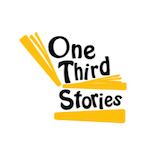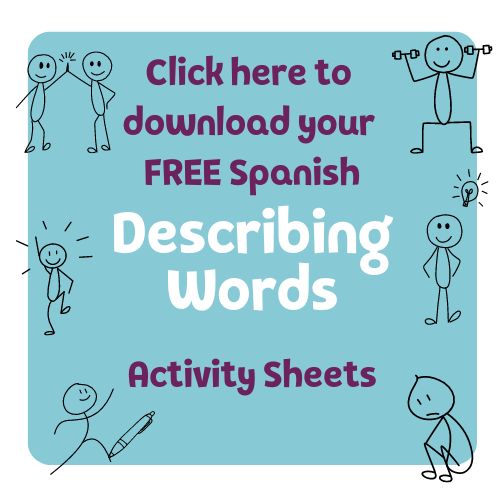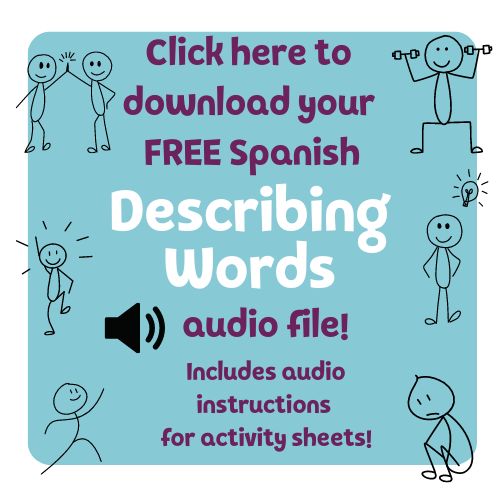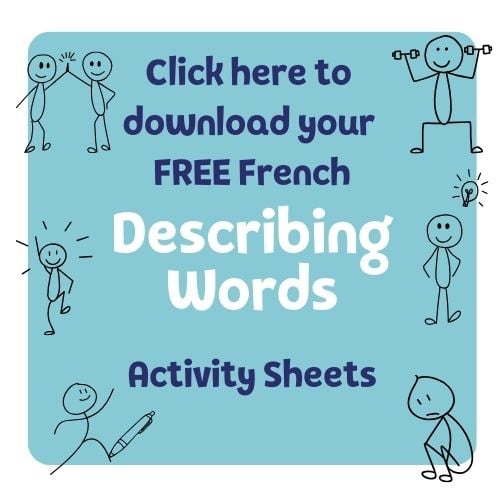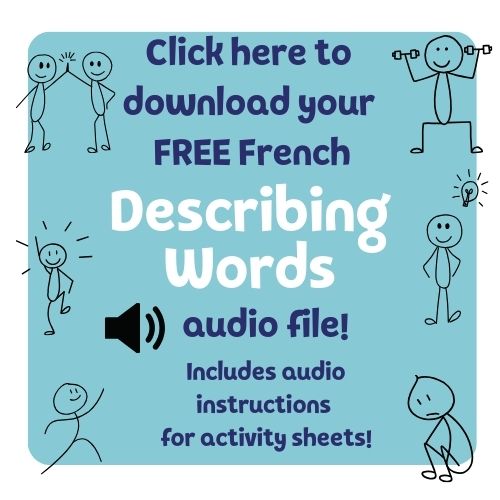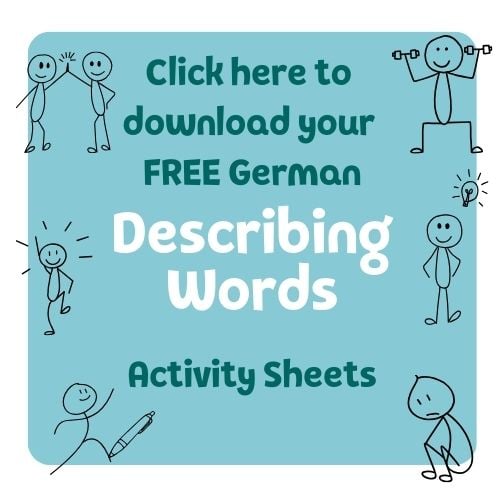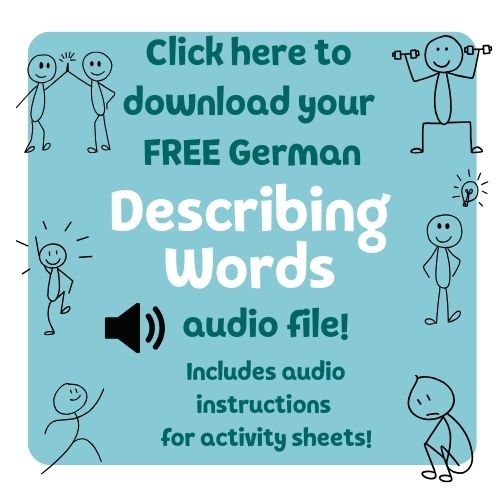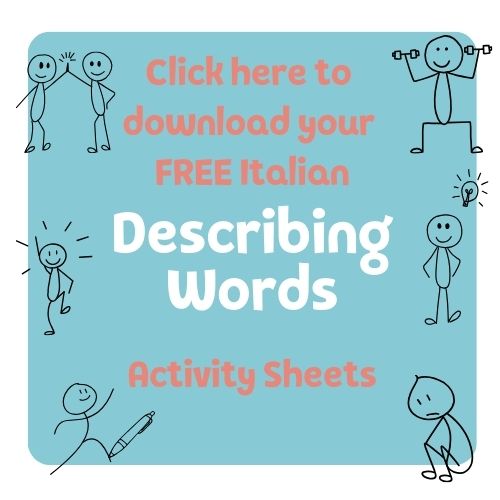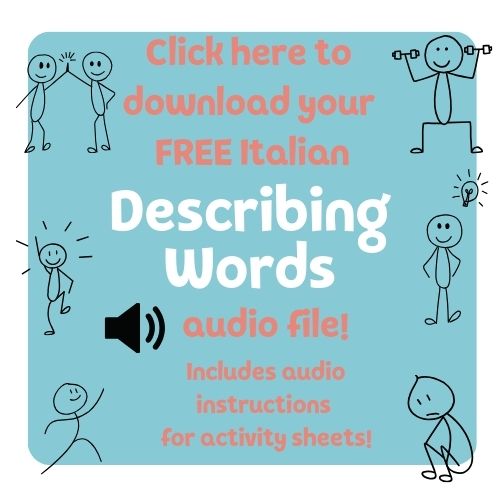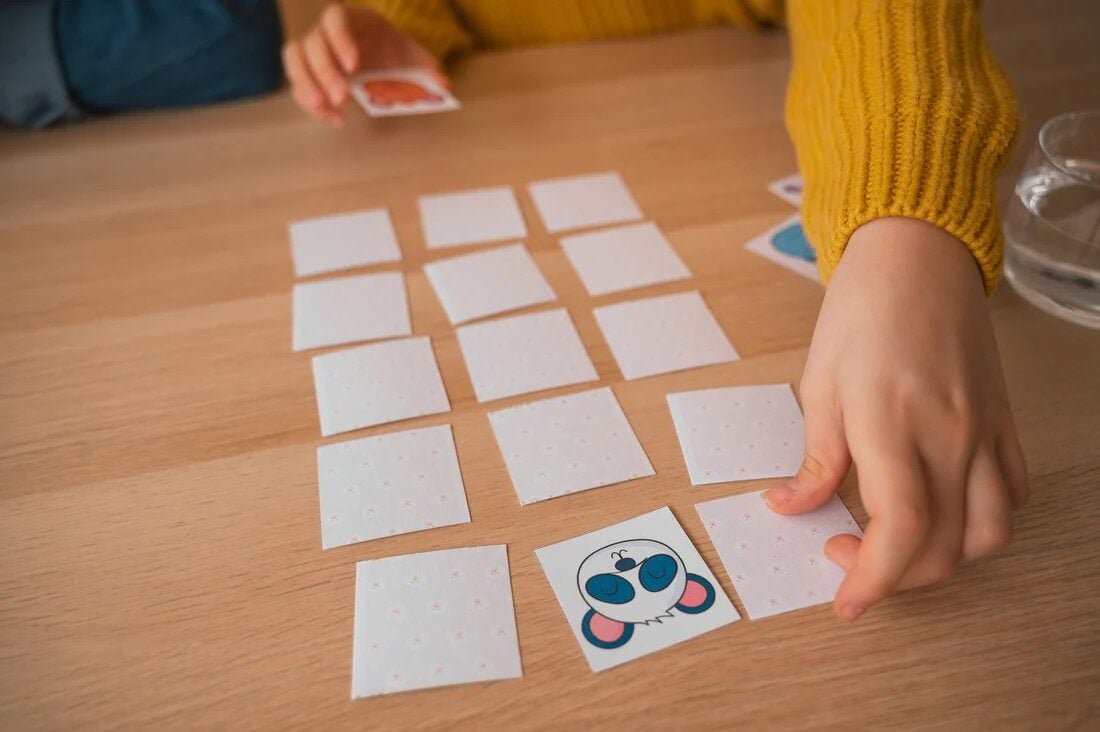
Flashcards are a versatile and powerful tool for language learning, especially for young children. While traditional flashcard drills can be effective, turning them into engaging games and activities can make learning more enjoyable and memorable. We especially like these activities after enjoying There’s a Dragon in Grandad’s Shed, but we’ve provided a free set of starter flashcards and an audio file for anyone who wants to try these out. Here are several creative ways to use flashcards to help your child learn and retain new language words.
The Power of Flashcards in Language Learning
Research shows that active engagement and fun in learning can significantly improve retention and understanding. Using flashcards in interactive ways taps into multiple senses, enhancing the learning experience for children. By incorporating movement, creativity, and social interaction, flashcards can become a dynamic resource for language acquisition.
Fun Flashcard Activities
1. Charades and Pictionary
Charades:
- Print flashcards with the word on one side and the image on the other.
- Use the picture side for young learners to act out the word without speaking.
- When guessing, encourage children to call out the word in the new language.
Pictionary:
- Similar to charades, but children draw the word instead of acting it out.
- Use the picture side as a prompt for the drawing child.
- Guessers must name the word in the new language.
2. Silly Sentences and Story Starters
- Combine flashcards with nouns and adjectives to create funny sentences.
- Deal several cards to each child. They must use as many new language words as possible to create a sentence or story.
- Turn it into a game by awarding points for each new language word used.
- Example: “The green elephant danced on the red apple.”
3. Matching Games
Picture and Word Matching:
- Print a double set of word cards. Match written words with corresponding pictures.
- For non-readers, use picture cards only and say the word in the new language when a match is found.
Synonyms and Antonyms:
- Older children can stack word cards and provide a synonym or antonym for each word selected.
- Example: If the card says “happy,” the child might say “joyful” (synonym) or “sad” (antonym).
4. Memory Games
- Create a memory game using word cards. Print flashcards on one side only. Lay cards face down and take turns flipping two at a time to find a match.
- When a match is found, the child says the word in the new language.
5. Scavenger Hunts
- Hide flashcards around the house or yard.
- Give clues in the new language to find each card.
- Example: “Find the card that is under the table” in the new language.
6. Story Building
- Deal each child a set of cards.
- Each child adds a sentence to a collaborative story using a word from their cards.
- Encourage using as many new language words as possible.
7. Flashcard Toss
- Lay out flashcards on the floor.
- Have children toss a small object (like a beanbag) onto a card and say the word it lands on in the new language.
Encouraging Language Use
When using these activities, it’s important to encourage children to use the new language as much as possible. However, it’s perfectly fine to mix in English words where necessary, especially for younger learners. The goal is to make language learning fun and less intimidating, fostering a positive association with the new language.
By incorporating these fun and interactive activities into your child’s language learning routine, you can help them build their vocabulary and confidence in using the new language. These games not only make learning enjoyable but also create opportunities for children to practice speaking, listening, and thinking in the new language in a natural and engaging way.
Get More FREE Resources
Experience everything One Third Stories has to offer with a free ebook, audiobook and activities delivered right to your inbox.
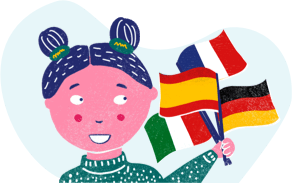


Choose a language
Our courses are available in French, Spanish, Italian and German.
Select a subscription
Choose between monthly or annual payment options.
Start learning
Receive your first audiobook and Story Box, and let the learning begin!.

Choose a language
Our courses are available in French, Spanish, Italian and German.

Select a subscription
Choose between monthly or annual payment options.

Start learning
Receive your first audiobook and Story Box, and let the learning begin!.
